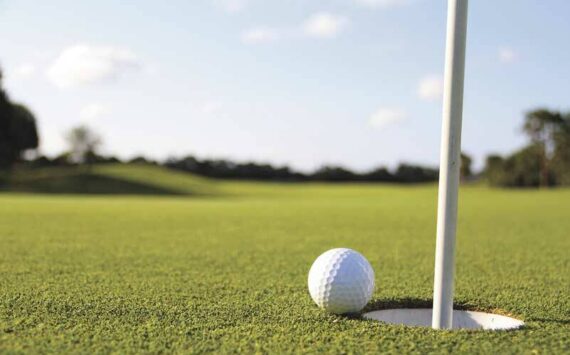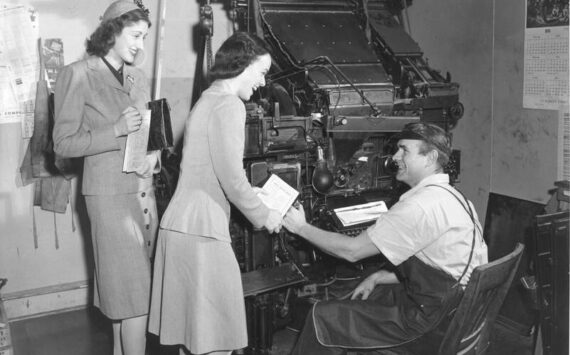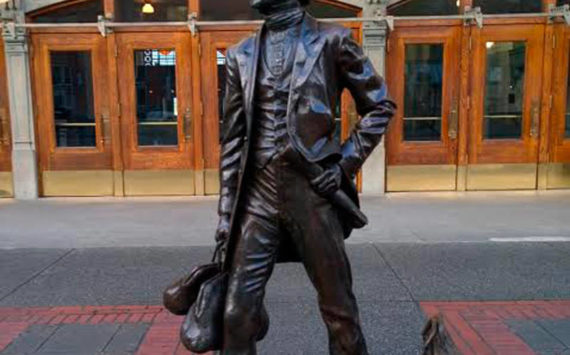Washington state’s waterways are a paddler’s dream. Lakes, rivers, bays, estuaries and the Pacific Ocean provide recreational opportunities for paddlers of all skill levels and interests.
As the popularity of paddlesports grows and rates of accidents increase, Washington State Parks’ Boating Program is leading a statewide awareness effort to promote safe paddling while having fun on the water.
Earlier this year, Gov. Jay Inslee issued a proclamation declaring July 20 through 28 Paddle Safe Week.
According to the U.S Coast Guard’s 2017 statistics, 138 people died while kayaking or canoeing, and 90 percent of those fatalities were due to drowning. In many incidents, life jackets were on board but not worn. Since 2012, close to half of all boating fatalities in Washington state involved paddlecraft. The top factors contributing to fatal accidents were failure to wear a life jacket, operator inattention and inexperience, alcohol and drug use, hazardous waters, weather conditions and navigation rule violations.
“Washington’s diverse waterways require different skills, preparation and safety equipment for paddlers,” said Haley Rice, the Boating Program’s Paddlesports Program Specialist. “While many paddlecraft are easy to use without training, we recommend people take courses to improve their paddling technique, learn the laws that apply and become a safer paddler — all of which will enhance their experience.”
The Boating Program recommends the following safety tips for paddlers:
Get educated: Know the laws and keep yourself and others safe. At a minimum, take a course to increase your knowledge of paddlesport safety, emergency procedures and navigational rules. You can find classes through local clubs and outfitters, city and county parks and recreation departments and online.
Always wear a life jacket: State law requires all vessels, including canoes, kayaks and stand up paddleboards, to have at least one properly fitted Coast Guard-approved life jacket for each person on board. And all children, age 12 and younger, are required to wear life jackets at all times. Modern, comfortable life jackets are tailored specifically for paddlesports. No matter your age and skill level, you’re encouraged to wear a life jacket every time you go out on the water.


Carry essential gear: Carry the essentials for safety, emergency communications and comfort. State law requires boaters to carry a sound-producing device, such as a whistle – even on a stand up paddleboard. Professional paddlers recommend carrying a cell phone (in a waterproof bag) and, on coastal waters, a VHF marine radio. In addition to items required by law, you should wear sun protection and bring a headlamp with extra batteries, dry bag and hydrating fluids. Where practical and appropriate, carry a bilge pump and an extra paddle. Other essentials depend on the type of waterway and length of trip and should be researched in advance.
Avoid alcohol and drugs: Situational awareness is key for safety on the water. That means always staying alert. Operating any vessel while under the influence of alcohol or drugs, including marijuana, is not only unsafe — it’s illegal. Washington state’s Boating Under the Influence (BUI) law applies to all boats including kayaks, canoes, stand up paddleboards, rowboats and inflatable fishing rafts.
Check and understand the weather: Check the weather frequently before and during your trip, keeping an eye on current conditions and forecasts. Check warnings, weather conditions, wind and wave forecasts, tides and current conditions or river flows. It’s also important to understand how each of these elements affects your ability to operate your vessel. Seek information from locals in the know, heed any warnings and avoid navigating in unsafe areas. The National Weather Service (NOAA Weather Radio) broadcasts are marine band and standalone weather radios.
Protect against cold-water shock: Falling into water under 60 degrees is dangerous, and many of Washington’s waters remain below 60 degrees all year — including lakes and rivers — even during hot weather. The biggest risk is not hypothermia but cold-water shock, which occurs in the first stage of immersion. Paddlecraft have a higher risk of capsizing. Avoid cotton, and wear synthetic materials when a wet or dry suit is not available. Be prepared and always wear a life jacket.
Be visible to other boaters: Paddlecraft sit low on the water, making them difficult for other boaters to see. Paddle to be seen: Wear bright neon and contrasting colors, put highly reflective tape on paddles, use a flag pole and carry a bright light.
File a float plan: Before you head out, study your intended route and let someone know your plans. Include names of everyone going, the planned route, what time you’re going and returning and what to do if you don’t return when expected. Make this a routine every time you go out on the water.
For more information, visit www.paddlesafewa.org.
About the Washington State Boating Program: The Washington State Parks and Recreation Commission administers the state’s Boating Program, which provides leadership in boating safety and environmental education and outreach. The goal of the program is to reduce accidents and fatalities, increase stewardship of Washington waterways, and keep recreational boating a safe, accessible and enjoyable pastime. For more information on the Boating Program, visit www.parks.wa.gov/boating.
– Washington State Parks







